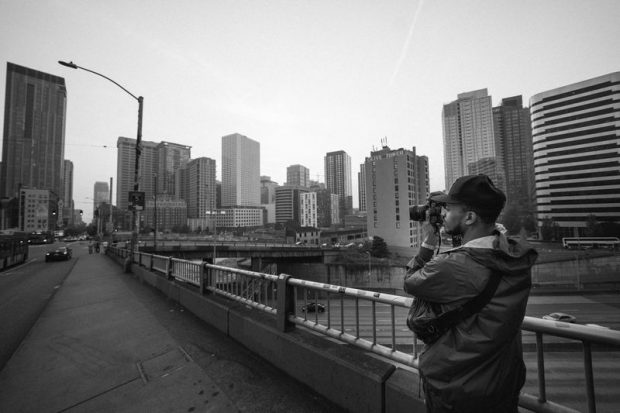The Buzz on Framing Streets
Table of ContentsFraming Streets Can Be Fun For AnyoneNot known Facts About Framing StreetsUnknown Facts About Framing StreetsThe Buzz on Framing StreetsHow Framing Streets can Save You Time, Stress, and Money.The Definitive Guide for Framing Streets
, typically with the aim of recording photos at a definitive or poignant minute by mindful framing and timing. https://www.ted.com/profiles/45936507.
Subsequently his boots and legs were well defined, but he lacks body or head, due to the fact that these remained in motion." Charles Ngre, waterseller Charles Ngre. https://www.awwwards.com/framingstreets1/ was the initial professional photographer to obtain the technical refinement needed to sign up people in activity on the road in Paris in 1851. Photographer John Thomson, a Scotsman functioning with journalist and social activist Adolphe Smith, released Street Life in London in twelve month-to-month installations starting in February 1877
The smart Trick of Framing Streets That Nobody is Talking About
Eugene Atget is considered as a progenitor, not since he was the initial of his kind, yet as an outcome of the popularisation in the late 1920s of his document of Parisian streets by Berenice Abbott, who was motivated to embark on a similar paperwork of New York City. [] As the city established, Atget assisted to advertise Parisian roads as a worthwhile topic for photography.

Framing Streets Things To Know Before You Buy
The principal Mass-Observationists were anthropologist Tom Harrisson in Bolton and poet Charles Madge in London, and their very first report was produced as the publication "May the Twelfth: Mass-Observation Day-Surveys 1937 by over two hundred onlookers" [] Window cleaner at Kottbusser Tor, Berlin, by Elsa Thiemann c. 1946 The post-war French Humanist Institution digital photographers discovered their topics on the street or in the restaurant. In between 1946 and 1957 Le Groupe des XV yearly displayed work of this kind. Andre Kertesz. Circus, Budapest, 19 May 1920 Street digital photography created the significant content of two events at the Museum of Modern Art (Mo, MA) in New York curated by Edward Steichen, 5 French Professional Photographers: Brassai; Cartier-Bresson, Doisneau, Ronis, Izis in 1951 to 1952, and Post-war European Photography in 1953, which exported the concept of street photography globally.

The Ultimate Guide To Framing Streets
The recording machine was 'a concealed electronic camera', a 35 mm Contax hidden below his layer, that was 'strapped to the chest and attached to a long cable strung down the appropriate sleeve'. His job had little contemporary impact as due to Evans' level of sensitivities concerning the creativity of his job and the privacy of his topics, it was not published till 1966, in the book Many Are Called, with an introduction composed by James Agee in 1940.
Helen Levitt, then an educator of young youngsters, associated with Evans in 193839. She recorded the transitory chalk illustrations - Lightroom presets that were part of children's road culture in New york city at the time, as well as the kids that made them. In July 1939, Mo, MA's brand-new photography section consisted of Levitt's operate in its inaugural exhibitionRobert Frank's 1958 book,, was considerable; raw and typically indistinct, Frank's images questioned traditional digital photography of the time, go to these guys "tested all the formal regulations put down by Henri Cartier-Bresson and Pedestrian Evans" and "contradicted the wholesome pictorialism and wholehearted photojournalism of American publications like LIFE and Time".